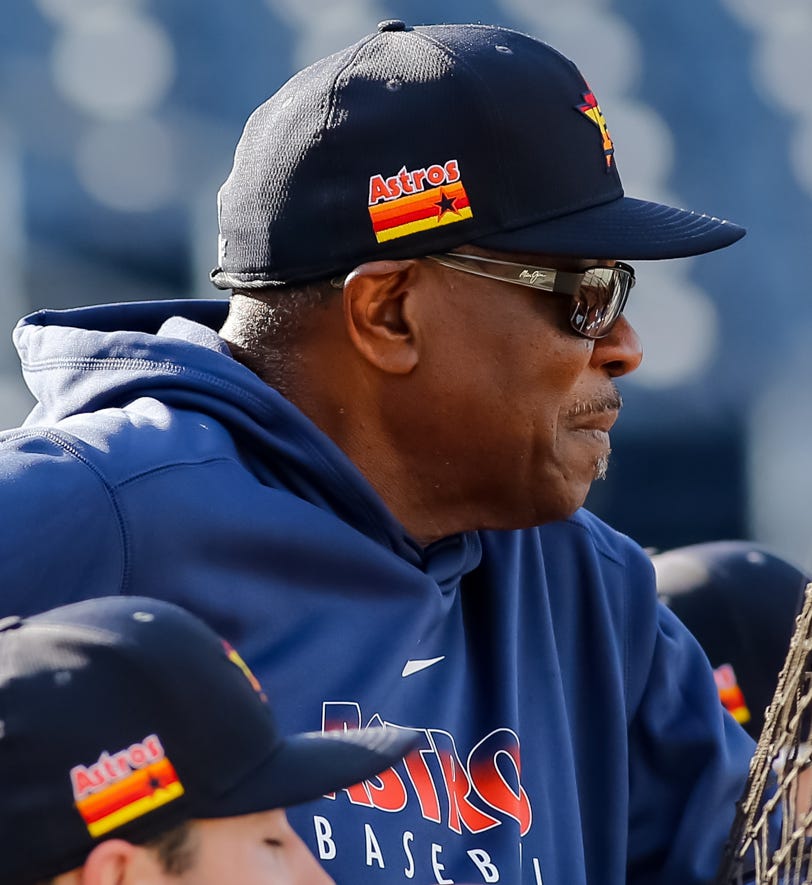The Hall of Fame's Missing Managers
A few months ago, when the Astros won their second World Series in six seasons, it was the first championship of the long managerial career of Dusty Baker. The calls began immediately for Baker to be elected to the Hall of Fame as a manager, the shiny new title being the only perceived missing piece of his résumé to that point.
That’s not literally true,…
Keep reading with a 7-day free trial
Subscribe to Lost in Left Field to keep reading this post and get 7 days of free access to the full post archives.


